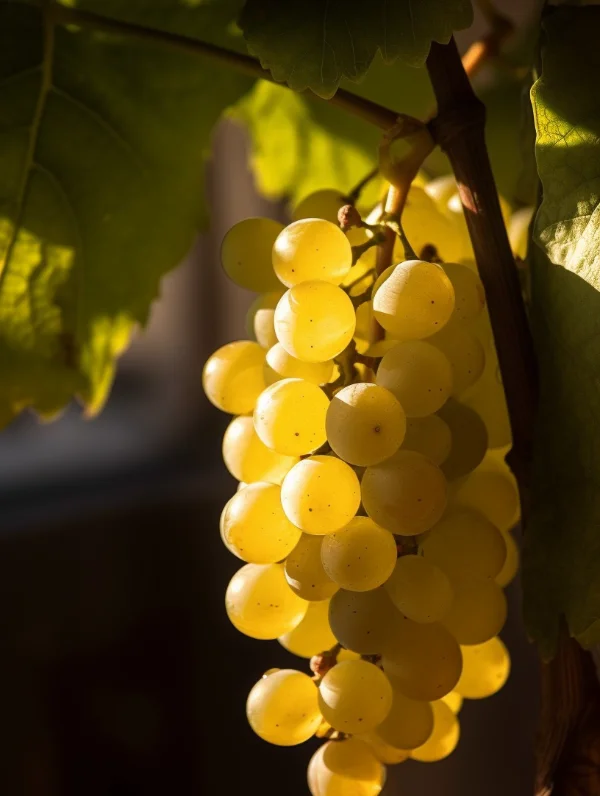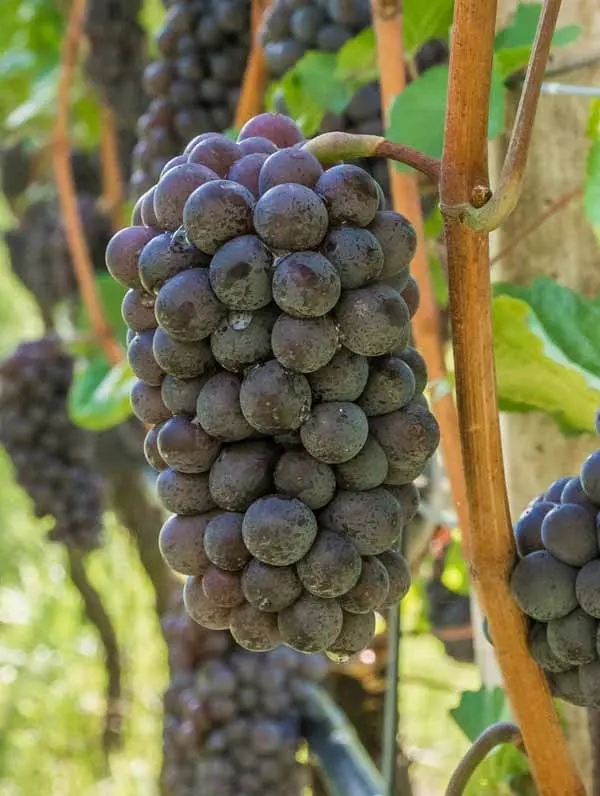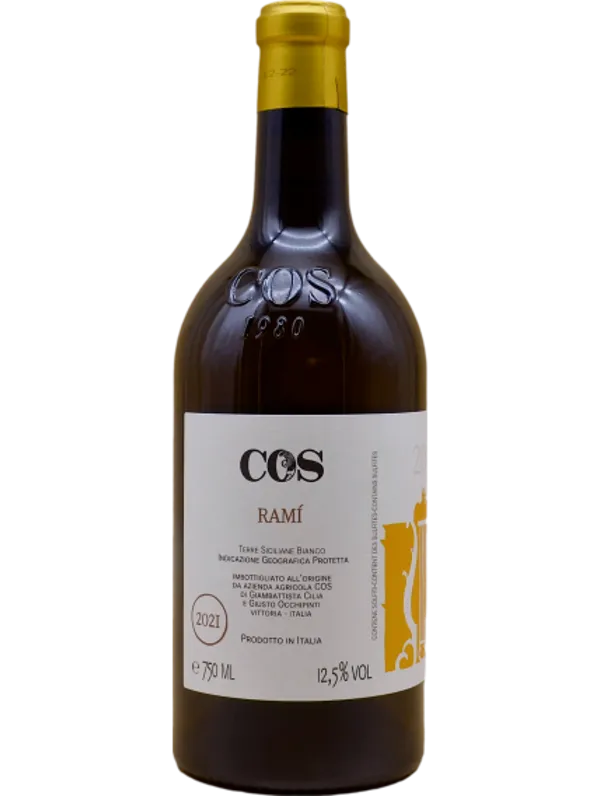
COS Rami
Biodynamic, organic orange wine with Grecanico and Insolia grapes. Aromas of jasmine, almonds, citrus. Notes of dried apricots, nuts, salty minerality. Cellar 8 years or enjoy now.
Read more
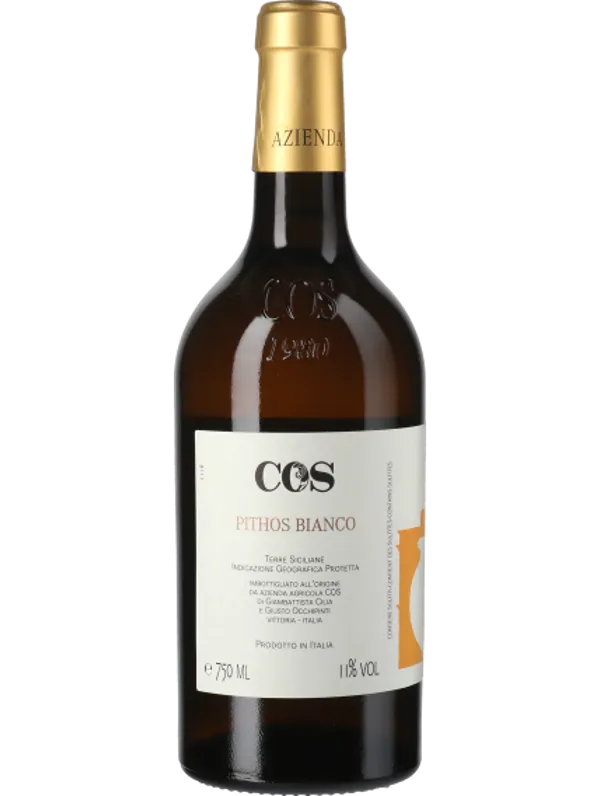
COS Pithos Bianco
Biodynamic Grecanico orange wine. Tropical fruit, cider, olive on the nose. Tastes of white peach, toasted almonds. Balanced acidity. Drink now or cellar 4 years.
Read more
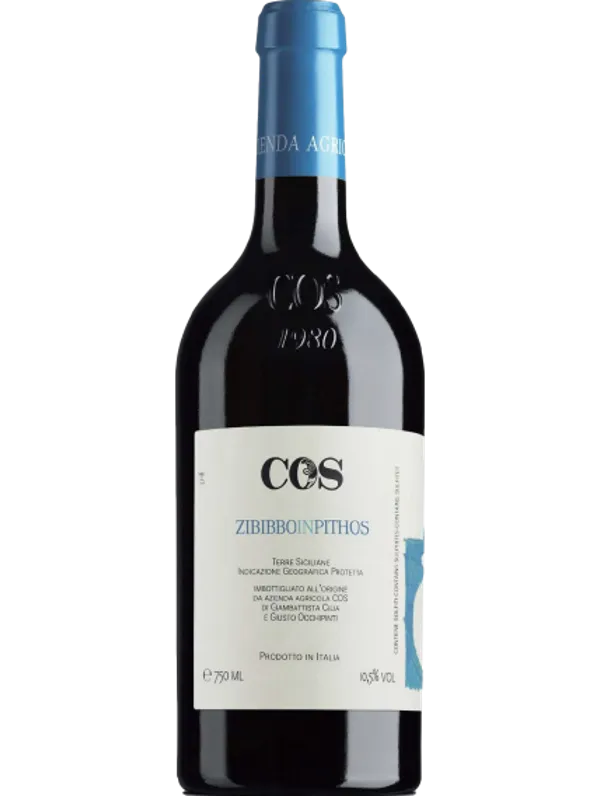
COS Zibibbo in Pithos
Biodynamic Muscat from Marsala. Aromas of almonds, honeysuckle, tropical fruits. Rich texture, stone fruit flavors, sweet spice. Cellar for 8 years or enjoy now.
Read more
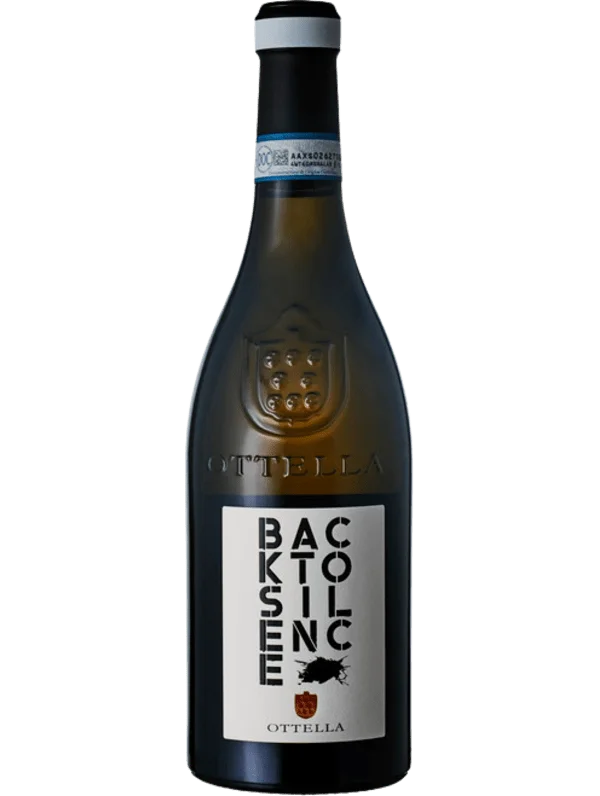
Back To Silence Orange Wine, Lugana
Gold with orange hues, robust citrus, grapefruit, and peach aroma. Flinty mineral notes on finish. Elegant and structured. Pair with a citrus tart.
Read more
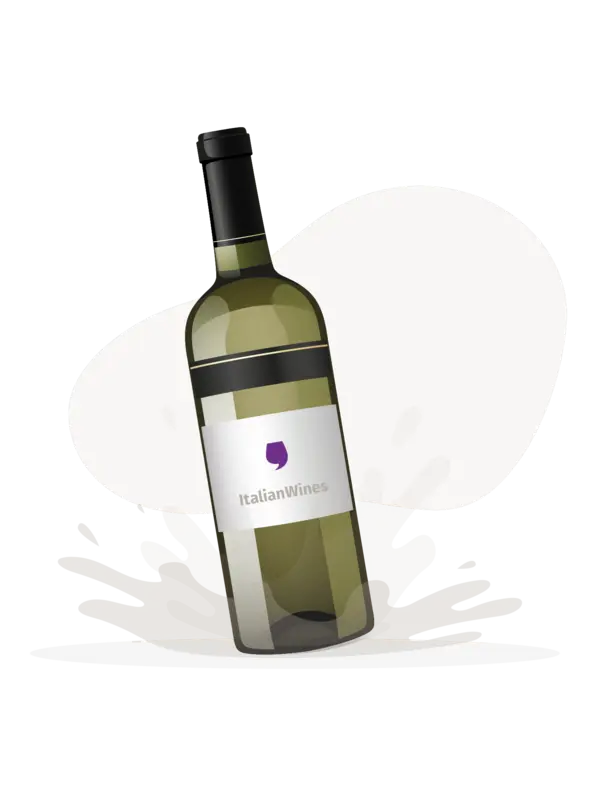
Orange Inzolia Organic
Orange wine with vibrant acidity, notes of citrus, herbs, perfect for adventurous palates.
Read more
Most Known Italian Red Wine Grapes
Italian Regions Famous for Orange Wine

Friuli Venezia Giulia
The birthplace of modern Italian orange wine, renowned for Ribolla Gialla and Malvasia Istriana-based wines.
Read more
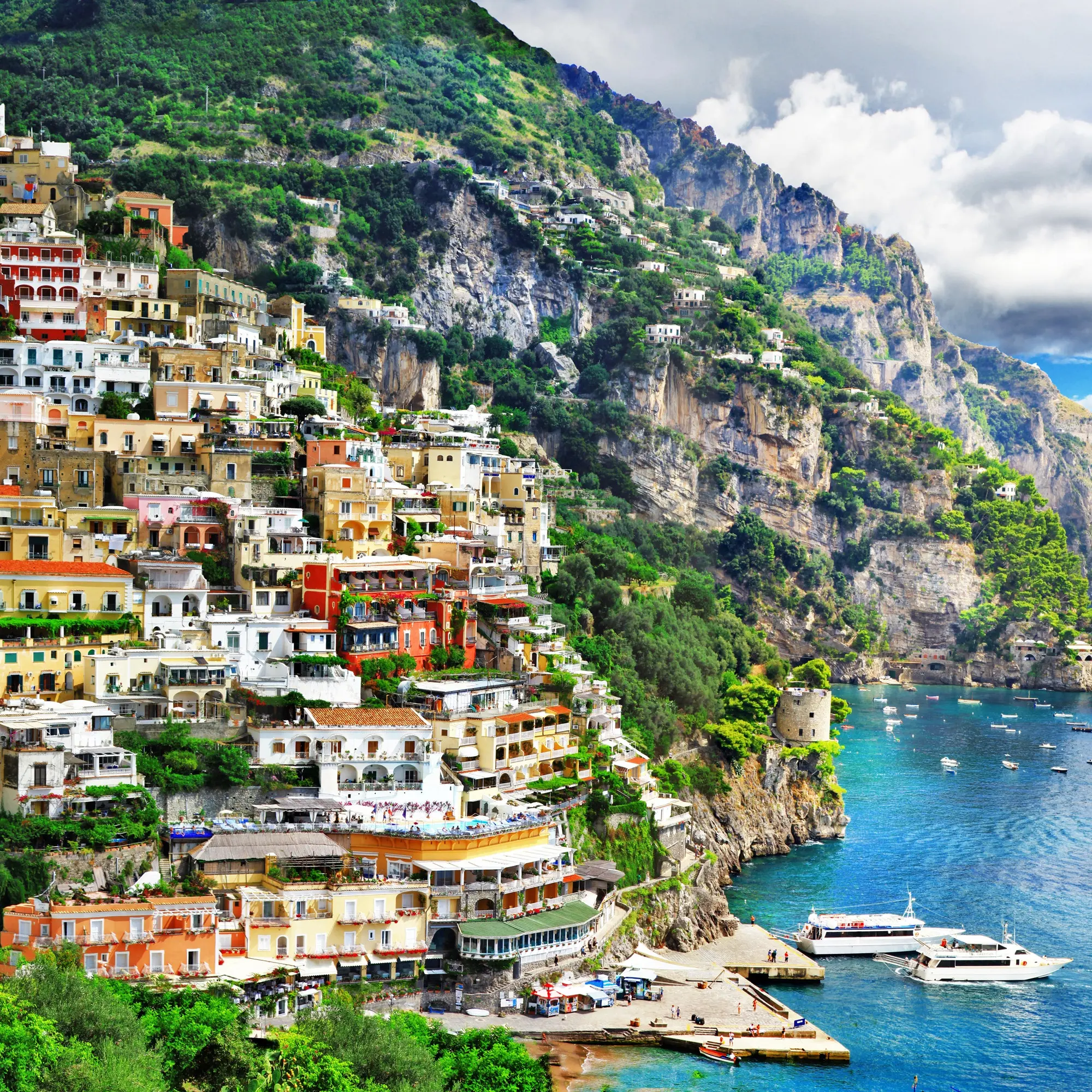
Tuscany
Mostly famed for its reds, Tuscany has some producers crafting orange wines with native white grape varieties.
Read more

Sicily
The hot climate and volcanic soil produce unique, intensely flavored orange wines, often using indigenous grapes.
Read more

Veneto
A region pushing the boundaries with orange wine, often using Malvasia and Pinot Grigio.
Read more
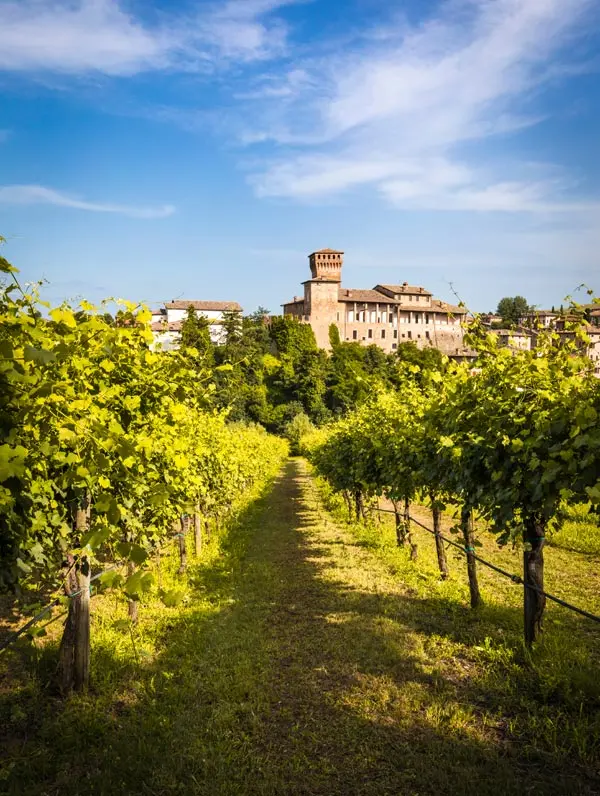
Emilia Romagna
Known for experimental winemaking, including orange versions of traditional grapes like Trebbiano.
Read more
Pairing Food with Italian Orange Wines
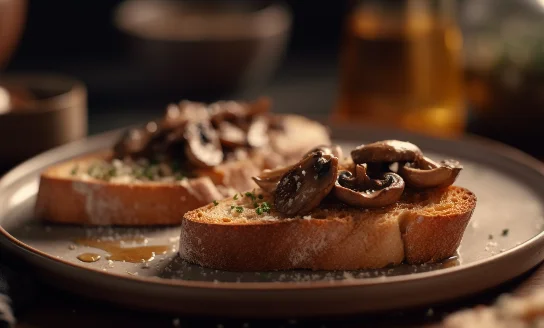
Starter: Crostini with Mushroom and Truffle Oil
A toasty crostini topped with earthy mushrooms and a drizzle of truffle oil complements the wine's complex flavors.
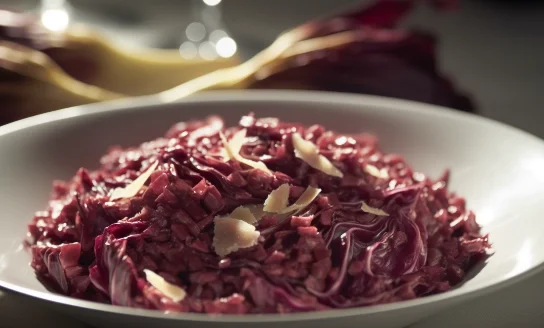
Main course: Risotto al Radicchio
Creamy risotto with slightly bitter radicchio balances the tannic and fruity elements of the wine.
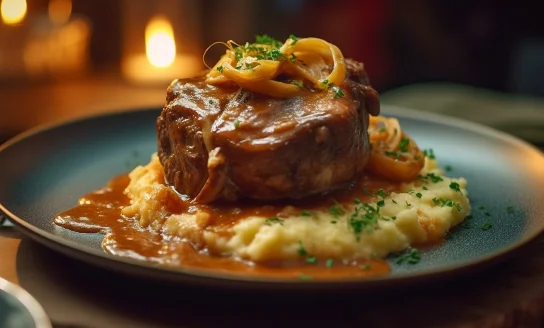
Second course: Osso Buco alla Milanese
Slow-cooked veal shanks in a tomato-based sauce offer a hearty counterpoint to the wine's robust character.

Desserts: Tiramisu
Surprisingly, the coffee and cocoa flavors in a classic tiramisu can find a harmonic echo in the nutty and dried fruit notes of orange wine.
Italian orange wines offer a unique versatility at the dining table. Their tannic structure and rich flavors make them a compelling choice for a range of dishes. Their complexity can beautifully enhance earthy, spicy, and even umami flavors. Consider them the chameleons of the wine world, able to adapt to diverse culinary situations that could challenge red or white wines.
Want to know it all?
Exploring the History of Orange Wine
Orange wine, often thought of as a modern trend, actually has ancient roots. It's a revival of a wine-making tradition that goes back thousands of years, primarily in the Caucasus region.
It made a resurgence in Italy in the late 20th century, thanks to winemakers looking to reconnect with traditional methods.
Italy, with its rich winemaking history and receptivity to innovation, became one of the leading countries in the revival of orange wine production.
The Rise of Natural and Organic Orange Wines
The natural wine movement has given orange wines a significant boost. Proponents praise its minimal intervention in the winemaking process—usually, native yeasts are used, and the grape skins are left in contact with the juice for extended periods.
This method aligns well with organic and biodynamic farming practices, making orange wines a popular choice for those seeking wines that are both traditional and eco-conscious.
Tasting and Evaluating Orange Wines
Orange wines offer a complex array of flavors and aromas that make them unique in the wine world. Because of their prolonged skin contact, they often present strong notes of dried fruit, nuts, and even a certain "funk" that is both surprising and delightful.
Their tannic structure is closer to red wines, and they often display a deep, rich color. To properly evaluate an orange wine, consider its balance, complexity, and the length of its finish in addition to its unique flavor profile.
Orange Wine: Trends and Innovations
Orange wines have been embraced by sommeliers and fine dining establishments, often appearing on curated wine lists as an adventurous alternative to whites or rosés. This adoption by high-end food and beverage services has led to innovations in pairing orange wines with a broader range of cuisines.
Experimental winemakers are also exploring aging orange wines in various types of vessels, including clay amphorae and concrete eggs, further pushing the boundaries of this wine category.
Buying and Collecting Orange Wines
The market for orange wines is growing, yet it remains a niche category. This makes it an exciting area for collectors looking for unique and limited-edition bottles.
When purchasing, consider the producer's reputation, the wine's aging potential, and whether it has been crafted in adherence to natural, organic, or biodynamic principles, as these factors can significantly affect its value and aging trajectory.
Orange Wine Areas in Details
-
North East
This area is most closely associated with the rebirth of Italian orange wine, especially Friuli-Venezia Giulia.
Veneto also contributes, as winemakers experiment with different grape varieties. Wines like Ribolla Gialla and Pinot Grigio Ramato hail from this region.
-
Central
Though less common, regions like Tuscany and Umbria have started producing orange wines. Trebbiano Spoletino, for example, is an Umbrian orange wine offering a unique take on the category.
-
South & Islands
In Sicily, native grape varieties are beginning to be used for orange wines. The island's sunny, volcanic environment produces wines that are bold and full of character.
FAQS
What Is Orange Wine and How Is It Made?
Orange wine is a type of white wine made by leaving the grape skins and seeds in contact with the juice, creating a deep orange-hued finished product. This style of winemaking is unlike that used for typical white wines, where the skin is separated from the juice almost immediately to retain a clear, light color. The process used to make orange wine is quite ancient, echoing the way wines were made thousands of years ago.
The grapes are typically harvested manually, and after destemming, they are put into vats to ferment with their skins. The length of skin contact varies significantly, from a few days to several months, depending on the winemaker's goals. This skin contact imparts not just the distinctive color but also a complexity of flavor and texture that is more akin to red wines than to whites.
What is a good orange wine for beginners?
If you're venturing into the world of Italian orange wines for the first time, you might want to start with something approachable yet representative of the style. One such wine that's often recommended for beginners is "Radikon Slatnik."
Radikon Slatnik
This wine hails from the Friuli-Venezia Giulia region in northeastern Italy, a hotspot for quality orange wines. The Radikon Slatnik is a blend, typically of Chardonnay and Friulano grapes.
It's known for its well-balanced nature, offering an excellent introduction to the tannic structure and complex flavors characteristic of orange wines. On the palate, you'll likely find notes of dried apricot, almond, and spices.
It offers complexity without being overpowering, making it a great entry point into the world of orange wines.
The wine usually undergoes less skin contact time compared to other more intense orange wines, making it less tannic and therefore more approachable for someone new to this style of wine.
Pair it with a charcuterie board, a creamy pasta dish , or roasted poultry to fully enjoy its range of flavors. This wine is also often organic and made with minimal intervention, offering a taste that's as close to nature as possible.
Is Orange Wine Dry or Sweet?
Orange wines can vary in sweetness, but they are generally dry or off-dry. This is because most of the sugar in the grape juice usually ferments out during the prolonged skin contact, leaving behind a wine that is rich in tannins and complexity but low in residual sugar.
That being said, the winemaking process can be manipulated to retain some sweetness if desired, but this is less common. Orange wines are often more robust and have a wider array of flavors—ranging from zesty citrus and floral notes to nutty and fermented tones—compared to standard white wines, but their primary characteristic is generally their dryness and complexity, not sweetness.

